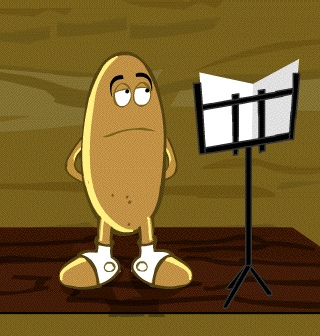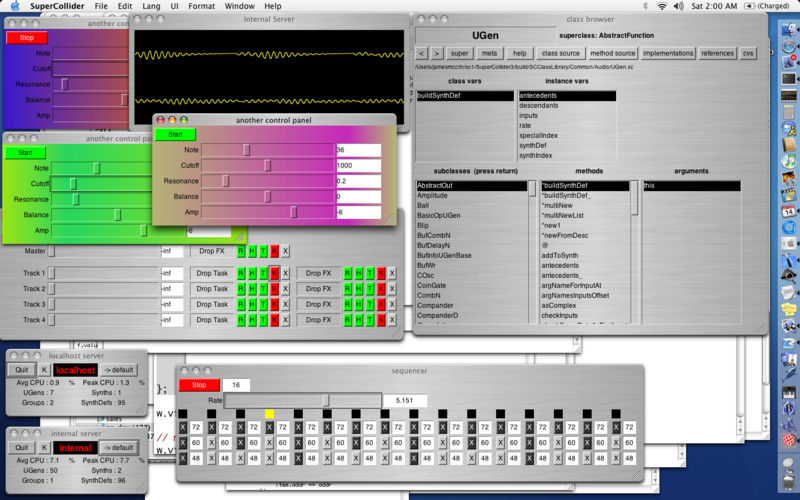AA3 - Week 4 - Production 'Outside The Square'

This week we were to use unorthodox methods of production to create interesting and original sounds. Audacity was my weapon of choice, as most of you would have already guessed. The first sound (1n0te.mp3) I created uses a single pluck from a violin, which I then (in this order):
Compressed,
Amplified,
Slowed down,
Time stretched (a lot),
Duplicated and time-shifted so that the time stretching artifacts are filled in,
Noise removal,
Original pluck added to start.
The second sound (GuitarShimmer.mp3) started as a snippet from a band that I had recorded in first year. First I ran it through numerous reverbs, both normally and in reverse. I then duplicated it and pitch shifted one up an octave, adding a bit more 'meat'.
The final sound (RevMetal.mp3) is something I have been meaning to try for a while but never got around to it - reverse delay metalisation. The idea behind metalisation is that a delay set to a delay time of less than .2 of a second adds its own pitches, so I wanted to try this in reverse, much like reverse reverb. I recorded myself talking, then reversed it and added two lots of delay, then rereversed it. For something so simple it certainly sounds cool. I had to layer the original recording over the top quietly, as the clarity of the words was somewhat lost.
BenAAwk4.ZIP 907kB
David Grice. "Audio Arts: Semester 1, Week 4. Production 'Outside The Square'." Lecture presented at the Electronic Music Unit, University of Adelaide, South Australia, 25th March 2008.







